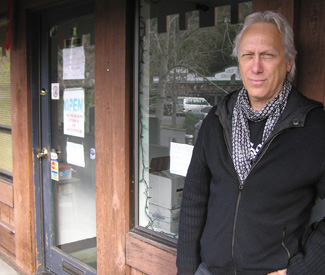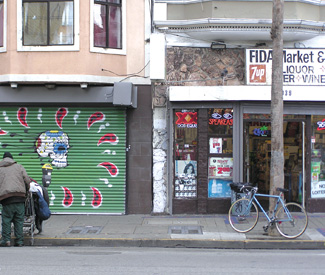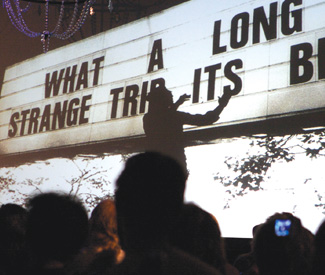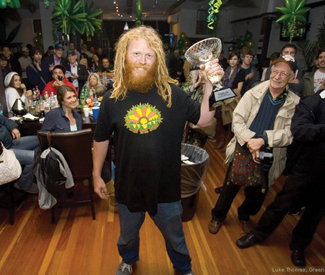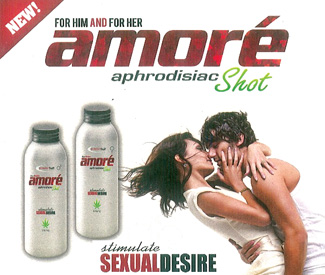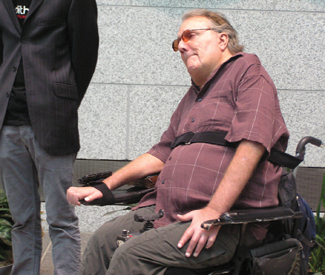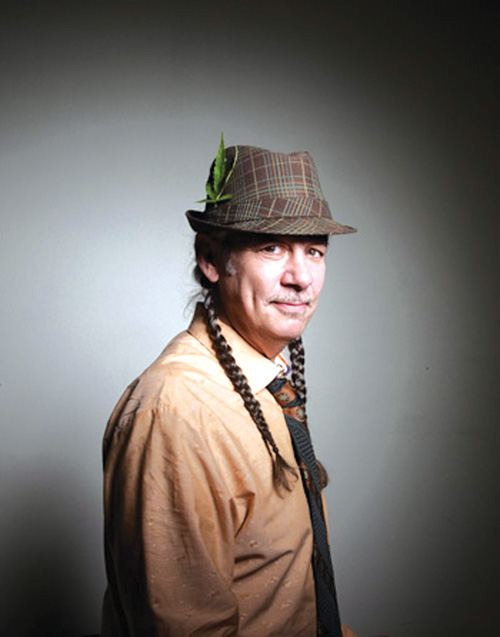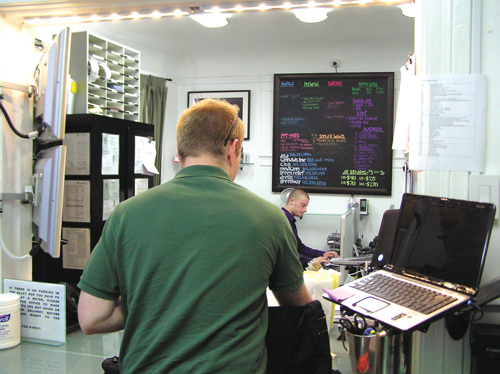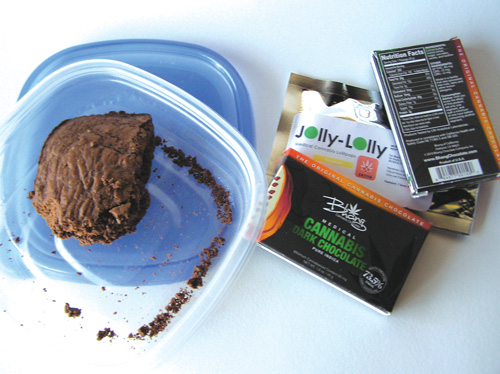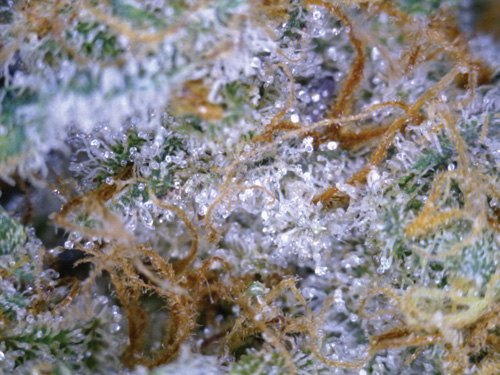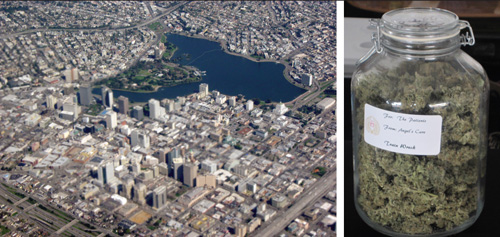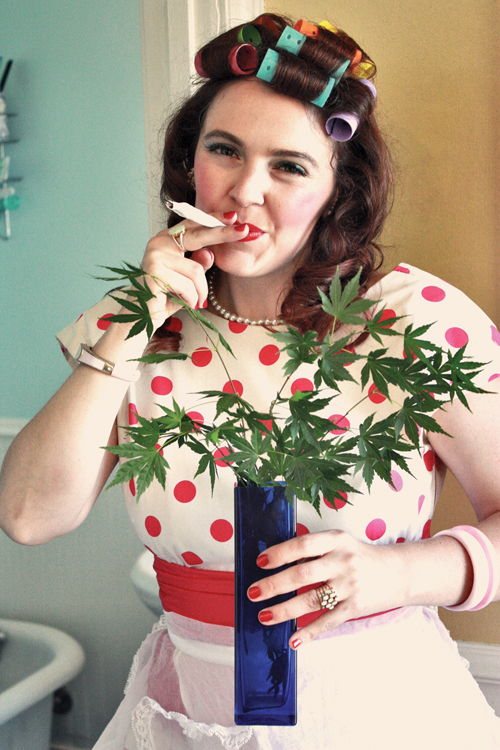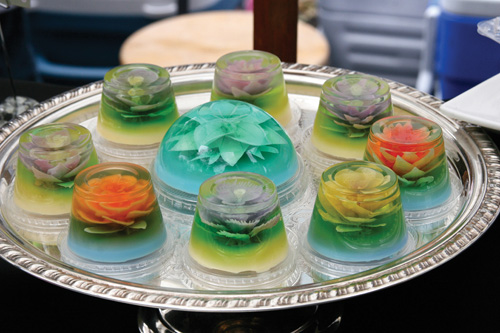caitlin@sfbg.com
HERBWISE When we arranged to meet Fairfax (population 7,500) councilperson Larry Bragman, he suggested a rendezvous at “the coffeeshop.” When asked to be more specific, he clarified he meant Fairfax Coffee Roastery. “But you’ll see it, it’s right there.”
Bragman is a San Francisco-educated attorney who began coming to the small Marin County town decades ago. He’s been on town council — whose members pass around the title of mayor every year — since 2003. He was mayor in November, when the four-member council passed Resolution No. 11-58.
Bragman’s voice clogs a little with emotion when asked why the resolution was passed. “I don’t understand how you can justify a policy that denies help for patients that are going through that kind of hardship and suffering.”
The only medical marijuana dispensary in Fairfax, which is located in the county with the breast cancer rate in women is nearly 50 percent — closed its doors last weekend. The Department of Justice’s Melinda Haag sent a letter to the Marin Alliance for Medical Marijuana’s landlord, the likes of which are all too familiar to the medical cannabis industry nowadays.
The dispensary was located in a school zone. Landlord Fred Ezazi had 45 days to evict the dispensary, it said, or he would face up to 45 years in prison or civil forfeiture. (See 12/14/11’s Herbwise column “For the kids?” about an SF dispensary that received a similar notice)
“It feels like a violation,” says Bragman when asked how it feels to be a small town politician being railroaded by federal agencies. Resolution No. 11-58 supports the Alliance and other California dispensaries’ right to continue business. San Francisco’s Board of Supervisors passed a similar resolution in October.
Bragman insists that the policies his city developed to regulate the Alliance were exemplary. When the dispensary was founded by longtime marijuana activist Lynette Shaw shortly after Proposition 215 passed, Fairfax “had the foresight and courage to create the first use permit in the state of California [for a marijuana dispensary],” says Bragman. When called for comment, the city’s finance director Michael Vivrette said the Alliance was one of the top ten sales tax contributors in a town struggling with budgetary woes.
Later, we walk the three blocks to the Alliance, which is (was) located on a quiet street next to a Little League field in a non-descript office building. You have to walk up a flight of stairs and peer inside its windows to even know what it is.
A few despondent marijuana patients lingered in the waiting room, sadfaced and bewildered that the space would soon be gone. “I thought that a press blackout meant that we wouldn’t talk to press,” a woman spits at me when I ask the man at the front desk when they would be closing. It was hard to be frustrated with her truculence.
Bragman went so far as to call Haag to try to reason with her letter’s logic. “I said ‘you’re going to encourage the black market traffickers which we all know are a threat to the community. It’s unbelievable. It’s just so stupid.”
Correction: An earlier version of this article identified the Marin Alliance for Medical Marijuana as Marin County’s only cannabis dispensary. It is not, and we regret the error

